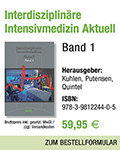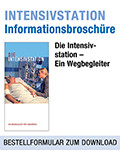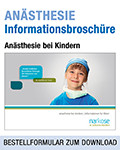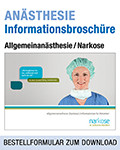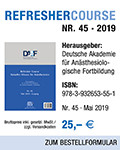

66. Jahrgang - Supplement Nr. 3 - April 2025
Argininosuccinate Lyase Deficiency
Defect:
Argininosuccinate lyase (ASL) deficiency, also known as argininosuccinic aciduria (AA), is the result of a mutated or deficient argininosuccinate lyase enzyme. This defective or deficient enzyme leads to inadequate ureagenesis, accumulation of argininosuccinic acid, and deficient endogenous arginine production. Aside from the hyperammonaemia pervasive to urea cycle disorders as a group, ASL deficiency is specifically associated with higher rates of neurocognitive deficits, liver disease, trichorrhexis nodosa (coarse brittle hair), impairment of creatinine clearance, chronic diarrhea, and systemic hypertension. Electrolyte imbalances of unclear aetiology have been identified, even in patients not treated with nitrogen scavenging drugs. This may be due to increased renal wasting. Nitrogen-scavenging therapy (e.g., with sodium benzoate or sodium phenyl butyrate) may lead to hypernatraemia and hypokalaemia. Like other urea cycle disorders, this disease is of rare occurrence, with incidences of approximately 1/70,000. ASL deficiency is passed via autosomal recessive inheritance, and may manifest in one of two forms: a neonatal onset disease or a less severe late-onset form of the disease.






